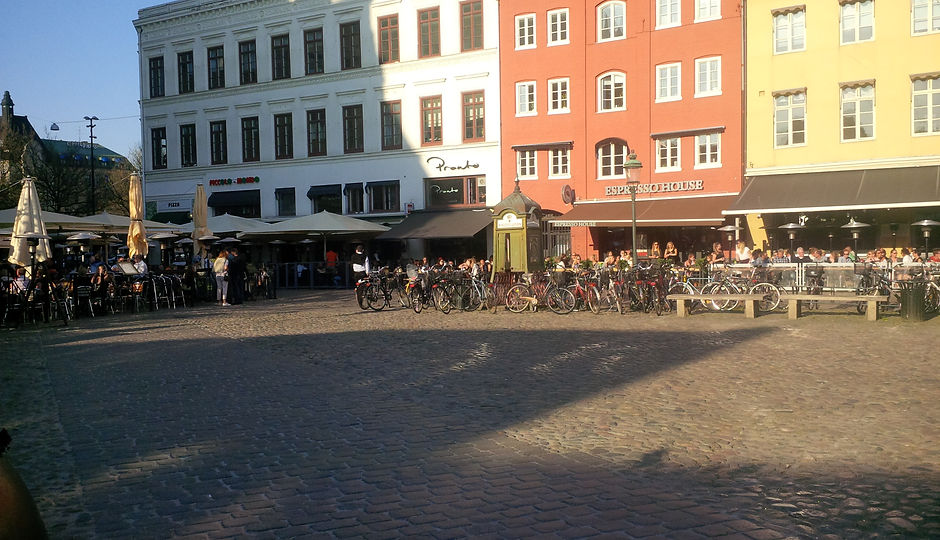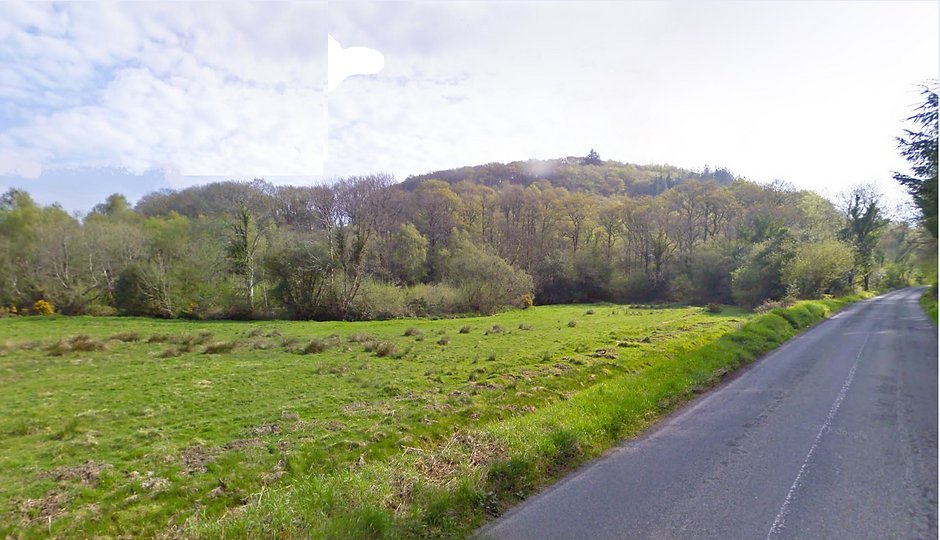
Case Study
NATIONAL ENERGY FOUNDATION
Low-Carbon Toolkit – Community Groups
Organisation type
Independent National Charity
Purpose
NEF is an independent, national charity based in Milton Keynes, UK. NEF has been at the forefront of improving the use of energy in buildings since 1988. They aim to give people, organisations and government the knowledge, support and inspiration needed to understand and improve the use of energy in buildings.
Aspects of sustainability addressed
Support areas include:
Energy Efficiency
Identify Improvements Required
Fuel Poverty
Carbon Emission Reduction
Capacity Building
Stakeholder Engagement
Cut Costs
Reach Sustainability Targets
Indicators used
Household Heating
Household Electricity
Transport – Car
Transport – Public
Transport - Air
Measurements applied
Measurement approach is in line with guidance developed by the Carbon Trust and the Chartered Institution of Building Services Engineers.
Data Requirements
Household level
Data collection
Site specific data
Data level
Local
Cost to access method and resources
N/A
Access to method
Open access. There is a £15 million Defra-funded initiative seeks to support rural communities to develop renewable energy projects which provide economic and social benefits to the community.
Funding is available in two phases:
£20,000 grants for renewable energy feasibility studies.
Loans of up to £130,000 to support planning applications and developing a business case.
Challenges
Traditionally constructed and heritage buildings have special characteristics which need to be recognised. Where such work is required, the aim is to improve the energy efficiency where, and to the extent that it is reasonably and practically possible.
How the method can help communities
The main benefits for local communities are:
Provides a suite of services to individuals, communities and commercial interests.
Can carry out feasibility studies, strategic reviews and provide policy advice to clients.
Can conduct heating surveys, renewable energy feasibility studies, energy efficiency assessments and other projects for a wide range of clients, including: schools; utilities; shops; offices; manufacturers; communal housing and community buildings.
The NEF can also help to:
Interpret and implement regulations.
Make the most of incentives in energy improvements.
Improve energy literacy across your organisation.
Prioritise and target energy improvements.
Close the performance gap for new and refurbished buildings.
Protect and enhance building asset value.
Engage stakeholders and beneficiaries.
Carry out independently-verified field trials and research.
Improve occupant comfort.
Tackle fuel poverty.
Save energy and reduce costs.
Develop energy strategies and technical solutions.
Realise sustainability targets
Lessons learned
First, don't dive straight into the list of renewable energy technologies and pick the one you either like the sound of or has the highest grants! Making the wrong choice can be both disruptive and costly further down the line. Sit down and think through exactly what your aims are, and don't be afraid to invest some of your capital budget on good, professional advice.
Know the likely demand pattern of your community energy project.
Most projects are determined by the level of available funding. However, it's worth identifying whether you'll only have access to capital once (so it might be wise to invest now to minimise future costs) or whether you have the chance to make incremental changes over a number of years through regular capital funding allocations. If you have quite limited access to capital upfront, consider whether you would be willing to put up with higher running or more regular maintenance costs, or if the revenue budget is likely to be similarly constrained.
It's important to think about how easy to operate and maintain you want the installation to be after the builders have left:
Low - a 'fit and forget' type of solution.
Reasonably technical - a system that may require some ongoing fine-tuning to maintain maximum operating efficiency.
Technical - a technical person is available on-site most days who can make any necessary operational adjustments.
Be careful about committing to a solution that requires ongoing support from the manufacturer or installer, as this might cost you more than you expect.

CARBON DISCLOSURE PROJECT
Organisation type
CDP is a not-for-profit charity
Purpose
CDP runs the global disclosure system for investors, companies, cities, states and regions to manage their environmental impacts. Over the past 15 years it has created a system that has resulted in unparalleled engagement on environmental issues worldwide.
Aspects of sustainability addressed
Rural energy issues
Indicators used
Advises that complex tools are not required and qualitative assessment is the first step.
Measurements applied
Focus is on action and engagement and, through the network of communities, moral, technical and financial support.
Data focuses on what type of energy consumed, and how it is generated.
Qualitative analysis is SWOT.
Energy consumption applied uses regional data in MWh, and generation of energy in MWh of electricity or heat.
Data Requirements
Regional level data on energy consumption and energy generation.
Data collection
Input-output tables/ regional statistics
Data level
Regional
Cost to access method and resources
Access to method
Open access. Funding from EU of 75% of €1,077,254
Challenges
Many communities are small and may not have internal resources e.g. technical expertise.
Even very committed communities will need external influences to make sure things keep moving.
Communities expressed a need for financial aid for investment when activities and strategy are ready.
Also expressed was the need for continuous technical support e.g. to build the action plan, build social media presence.
Communities don’t know what to expect from twinning as they often do not have the funds to visit their twinned community.
There is a necessity for rural communities to be represented at EU level. They need visibility for the concrete actions carried out so that they can be supported by Renewable Energy Sources (RES) and Rational Use of Energy (RUE) investments.
The difficulty and time needed to reach rural places has made it impossible to have EU representatives come at RURENER meetings. RURENER, therefore has to go to Brussels, and will have to continue with this arrangement into the future.
The development of RURENER may result in the a change to its model in the coming years
How the method can help communities
The main benefits for local communities are:
Support to build local action plan for energy neutrality
Experience sharing and pooling of resources and tools :Knowledge Bank with answers from experts, sharing experience between pairs during project meetings
Access to roadmap : advices, tools and best practices for the 6 steps leading to energy neutrality (on line and paper version)
Support and participation in/organization of national and regional exhibitions /conferences or seminars and local energy days, organized in every country during the project lifetime;
Presentation of communities’ activities on the project website in English and in its national language and on the community weblog;
Opportunities to establish twinning, inside the RURENER NETWORK with other communities from different countries.
Identification of RURENER Network at European level, creation of a legal entity able to represent small rural communities
Lessons learned
Specificities about SEAP in small rural communities To start an action within a community, complex tools are not needed & can even be frightening. The 1st step is to make a qualitative assessment of territorial resources, including the people's desire to carry out actions. The RURENER tools fulfil these requirements and the network provides examples & "moral support" to give a new community the will to start. However, stakeholders need an idea of the energy amounts spent & a technical guidance.
Project time is not field time. In rural areas, decision makers deal with a wide number of issues. Although they are committed to energy issues, they need someone to keep them on track. Even more when working with a participatory approach, it needs time to make sure that the activities are well integrated and that local stakeholders are actually empowered. Energy neutrality in rural areas can be turned into an integrated approach of sustainable development rather than an energetic-only approach.
EU meetings: a powerful tool to challenge mayors & overcome the language barrier. There's no substitute for face-to-face networking and collaboration, in particular to overcome language barriers. Here grew up a real European spirit and very much awareness of the potential of green energy at local and European levels. Later, ICT tools were developed to support collaborative work; they are used as a result of continuous training, awareness and specific target groups’ involvement.

THE WHEEL
Living Better using less Sustainable Toolkit
Organisation type
An independently governed membership based organisation operating with a national remit for the Republic of Ireland.
Purpose
The mission of The Wheel is to strengthen the community and voluntary sector’s capacity and capability to play its part in achieving a fair and just society in Ireland by:
Representing the shared interests of community and voluntary organisations
Supporting these organisations to do their work
Promoting the importance of active citizenship
Aspects of sustainability addressed
Six themes are addressed:
Ecological Integrity
Health and Well-being
Participation and Engagement
Culture and Heritage
Economic Resilience
Indicators used
Does not provide a set of indicators.
Measurements applied
None. Guidance and links are provide to users based on the actions that they select. Quantitative data is not necessary. The method is mainly qualitative and actions based.
Data Requirements
Qualitative.
Data collection
Data level
Local.
Cost to access method and resources
None.
Access to method
Open access, project was funded by:
EPA (Ireland)
Department of Rural and Community Development
Department of Housing, Planning, Community and Local Government
The Department of Education and Skills
Europe for Citizens Programme
Department of Agriculture, Food and the Marine
Challenges
How the method can help communities
The toolkit aims to support local communities across Ireland to awaken awareness, deepen understanding and activate participation in sustainable development with a view to living better by using less.
Through the reach of The Wheel’s network across civil society organisations in Ireland, this toolkit has been informed by, and thereby hopes to inform, local communities on how they can become more sustainable.
There is already a wealth of diversity and quantity of innovative work already happening in communities in Ireland.
The toolkit seeks to shine a light on what is already there, validate and recognise this work and provide ideas to draw on for your own organisation and community context.

